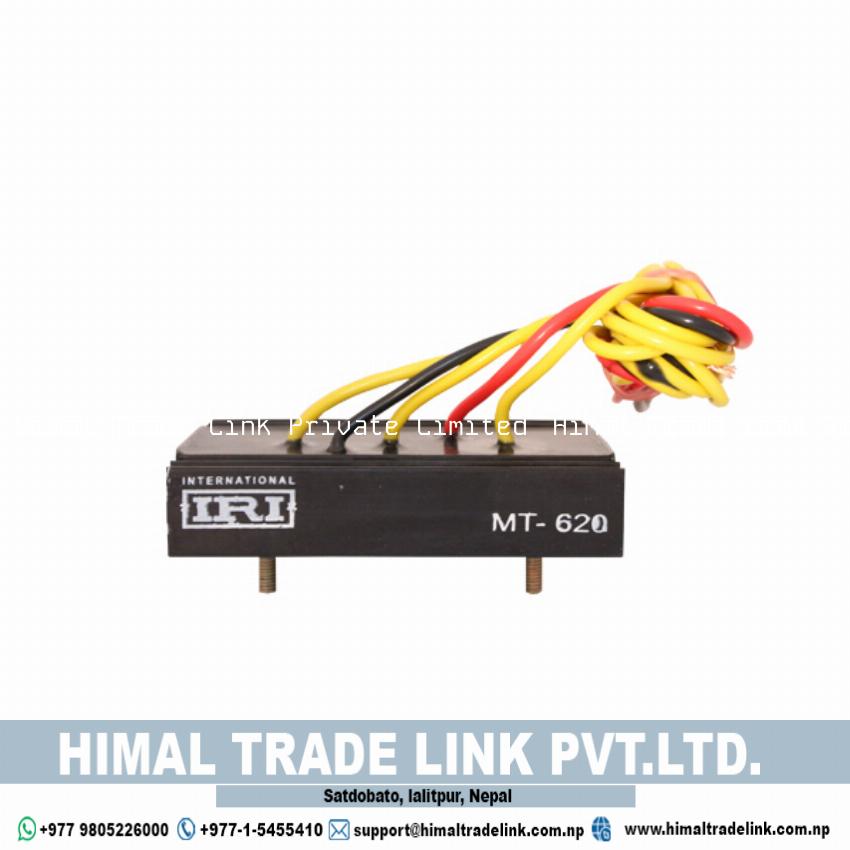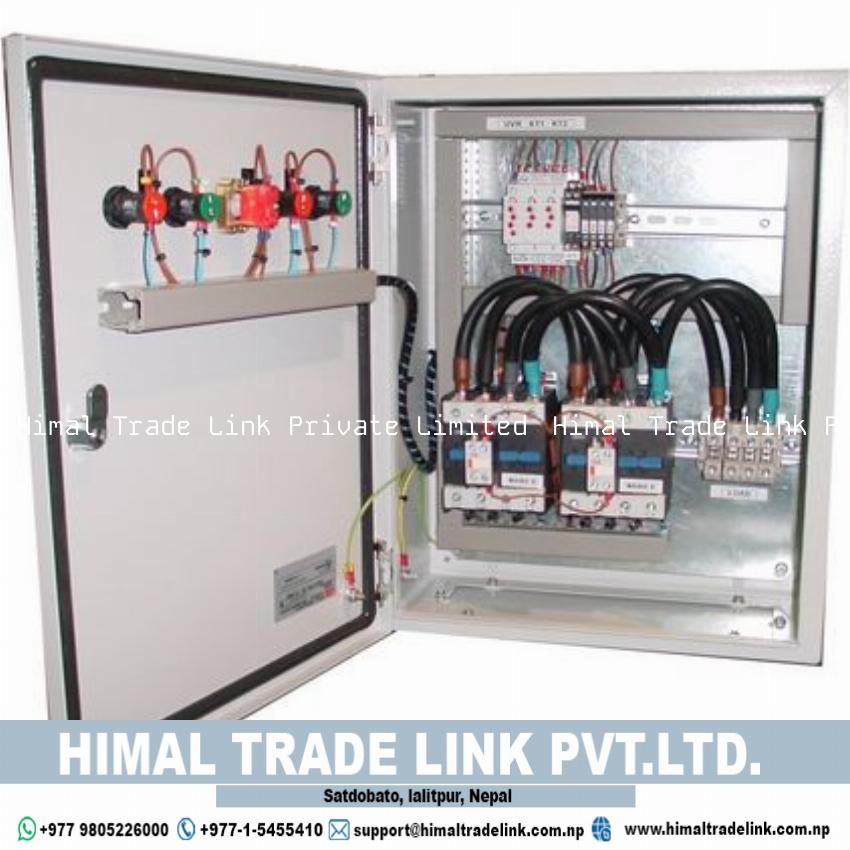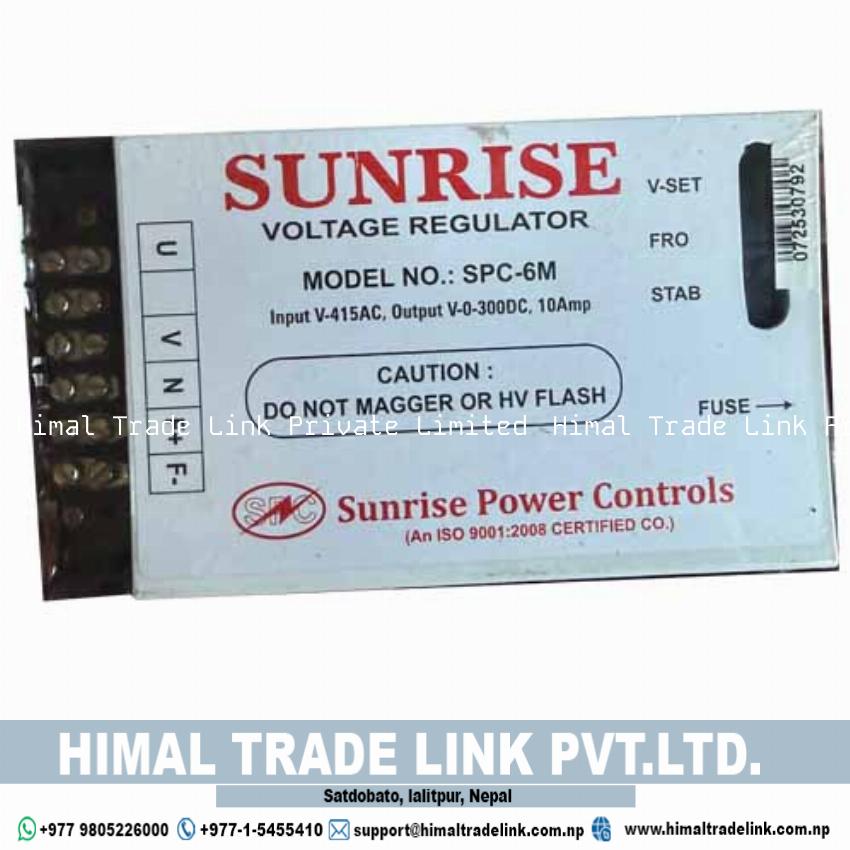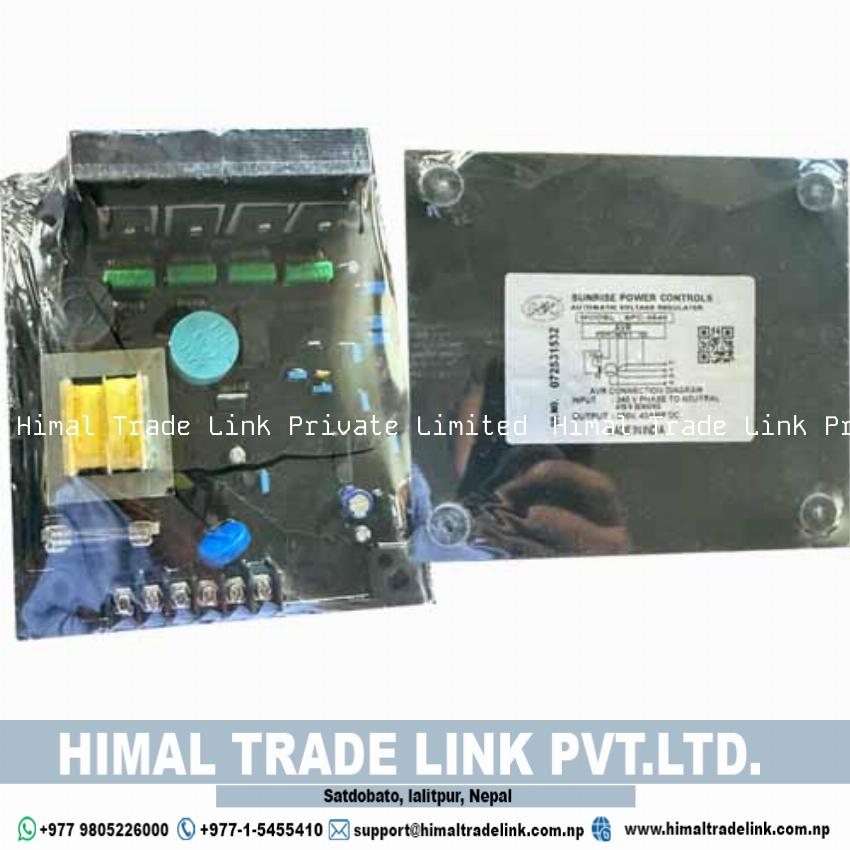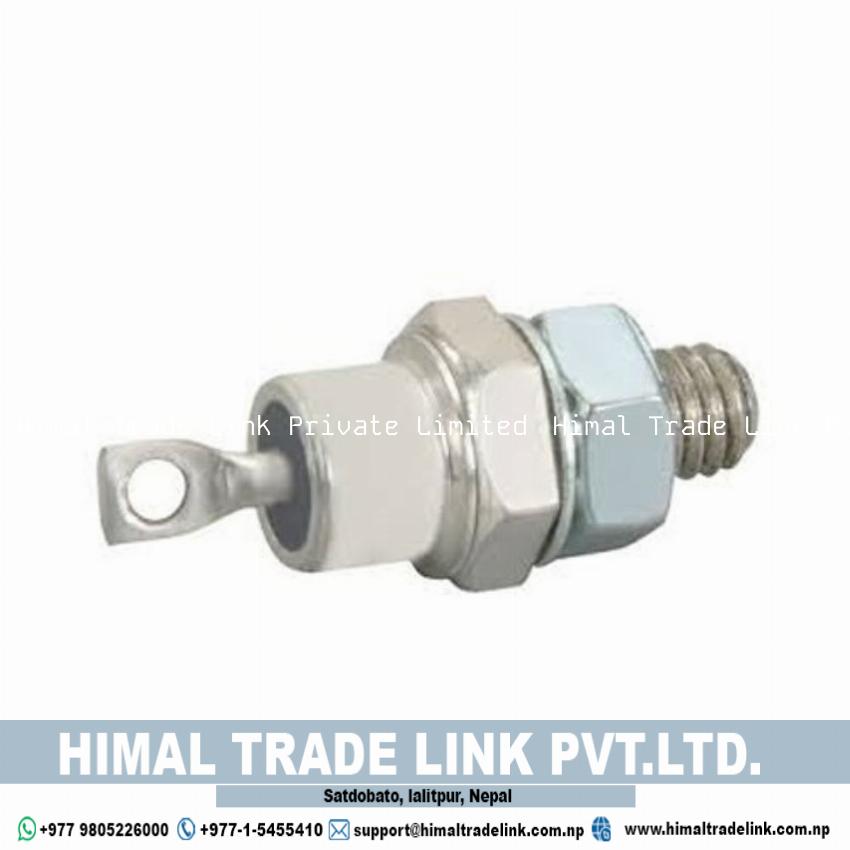### Components:
1. **Sensor Element:**
- A pressure-sensitive element that detects the oil pressure within the lubrication system.
- Can be based on different technologies, such as piezoelectric, strain gauge, or diaphragm.
2. **Electrical Connector:**
- Interfaces with the vehicle or machine's electrical system to transmit pressure data or trigger warnings.
- Often designed to be weatherproof and resistant to engine bay conditions.
3. **Housing:**
- Encases and protects the sensor element and electronics.
- Typically made of durable materials like stainless steel or high-strength plastics to withstand harsh environments.
4. **Threaded Fitting:**
- Allows the sensor to be securely installed in the engine or machinery.
- Standard thread sizes are used to ensure compatibility with a range of equipment.
### Operation:
1. **Pressure Detection:**
- The sensor continuously monitors the oil pressure within the lubrication system.
- The sensor element responds to changes in pressure by producing a corresponding electrical signal.
2. **Signal Transmission:**
- The electrical signal is sent to the engine control unit (ECU) or a dedicated gauge/display.
- In the case of low oil pressure, the sensor triggers a warning signal.
3. **Warning Mechanism:**
- When oil pressure falls below a predefined threshold, the sensor activates a warning light or alarm on the dashboard.
- This alerts the operator to take immediate action to prevent engine damage.
### Features:
- **Accuracy:** Provides precise monitoring of oil pressure to ensure optimal engine performance.
- **Durability:** Built to withstand high temperatures, vibrations, and exposure to oil and other fluids.
- **Reliability:** Essential for preventing engine damage due to insufficient lubrication, ensuring long-term operational integrity.
### Applications:
- **Automobiles:** Used in car engines to monitor and maintain proper lubrication, preventing engine wear and failure.
- **Industrial Machinery:** Ensures that equipment like compressors, generators, and heavy machinery operate safely.
- **Marine Engines:** Critical for maintaining proper lubrication in boat engines, ensuring reliability and longevity.
### Maintenance Tips:
- **Regular Inspection:** Periodically check the sensor and its connections for signs of wear or damage.
- **Cleaning:** Keep the sensor and connector clean to ensure accurate readings and reliable operation.
- **Replacement:** Replace the sensor as recommended by the manufacturer or if it shows signs of malfunction.
An LLOP sensor is indispensable for safeguarding engines and machinery by ensuring adequate lubrication, thereby preventing costly repairs and downtime. Proper maintenance and timely replacement of the LLOP sensor are crucial for the continued reliability and efficiency of the equipment it protects.





.jpg)
